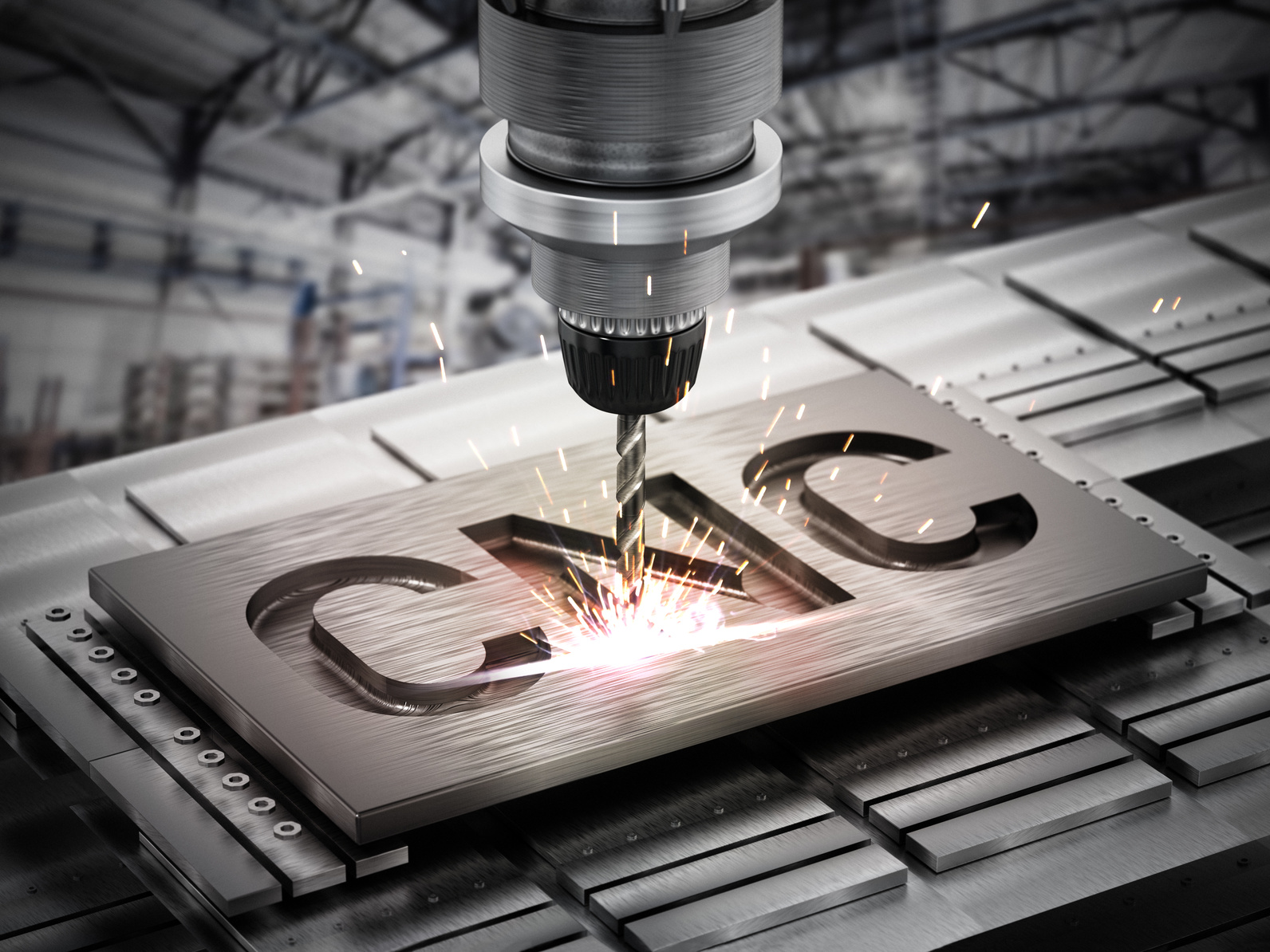If you want to hire a 3D printing service to create an object for you with the help of rapid prototyping or CNC milling or turning then you will also have to decide if you want the item to have an extra finish. This is part of the CNC machining services and will be applied to the surface after the machining process is finished. The finishing will certainly impact the product in several ways; it can change the appearance, surface roughness, hardness, and chemical resistance of the developed pieces. Below you can find several possible finishes.
As machined / standard
As machined is one of the possible finishes, although in fact, this is not necessarily an applied finish. It is the standard version and nothing extra will be added to the surface. Instead, the product comes out of the machine this way. Because of this, minor tool marks will unfortunately be visible on the piece.
Smoothed
Another possibility is an option called ‘smooth’. With this type of finish, the parts are machined at a lower feed rate. This is done to be able to achieve a surface roughness of ~62.5 RA µin (1.6 RA µm). However, the surface roughness could also be decreased up to ~32 RA µin (0.8RAµm) if this is desired.
Bead blasted
Bead blasted is another available option to finish your CNC machined product. Bead blasting will add a uniform satin or matte finish on the surface of the created piece. A part of this process will be to remove all the tool marks that are visible on the surface. Bead blasted is often used to make the objects look better.
Powder coated
You could also decide to add powder coating to your machined object. If you decide to do this, a thin layer of strong, wear, and corrosion resistant protective polymer paint will be added on the surface of the created part. This polymer paint is available in a large range of colors. This way you are able to customize the product.
Electropolishing
Electropolishing is the last option that will be introduced in this article. It is an electrochemical process that is used to passivate, deburr, and polish metal pieces. A big advantage of this way to add the finishing touches to a product is that it can be useful to reduce surface roughness, which unfortunately occurs a lot with CNC machining.





